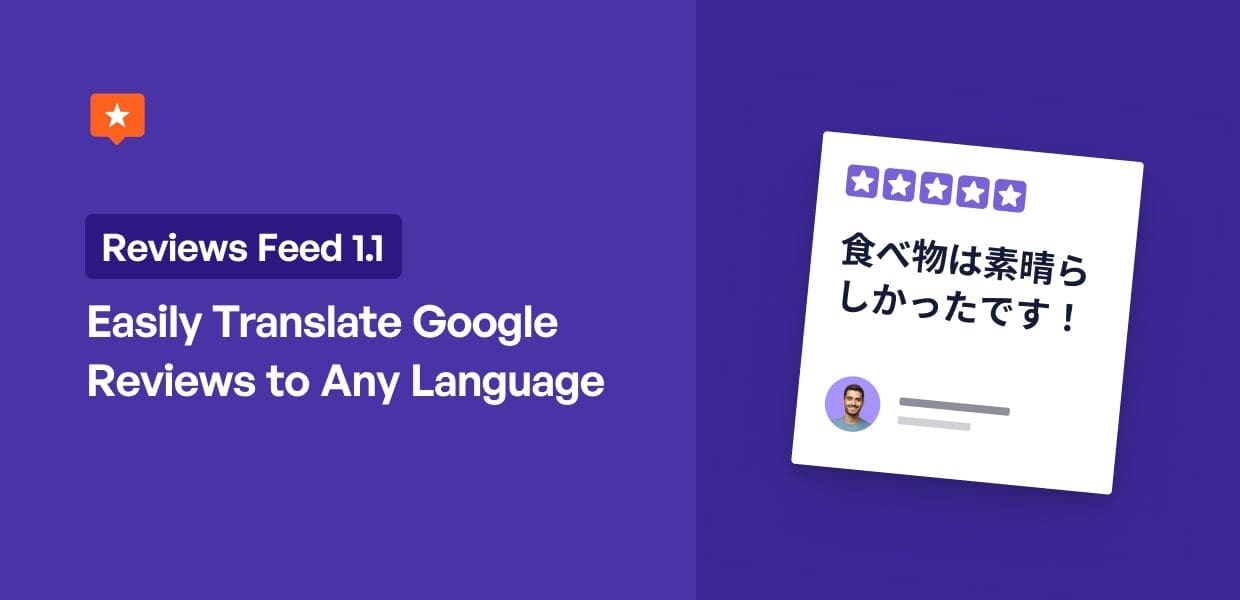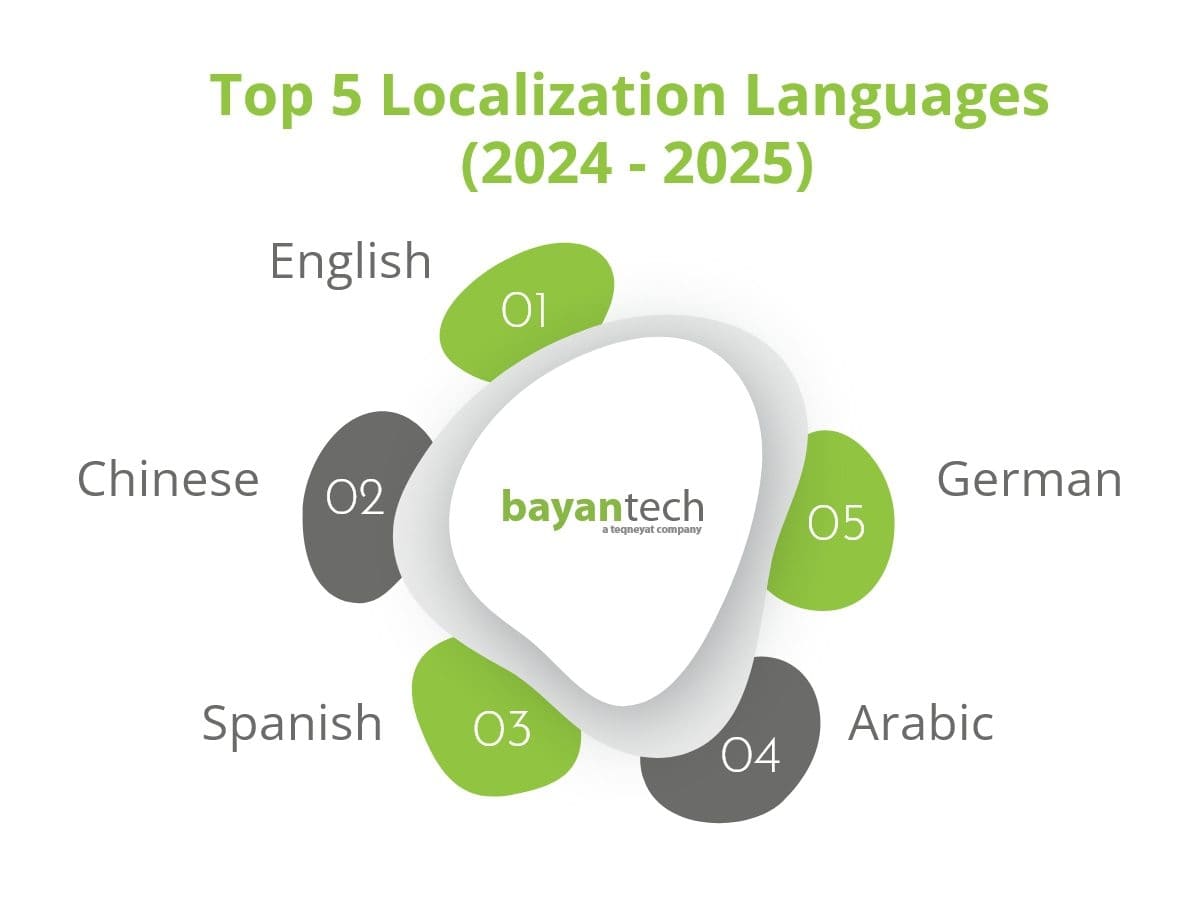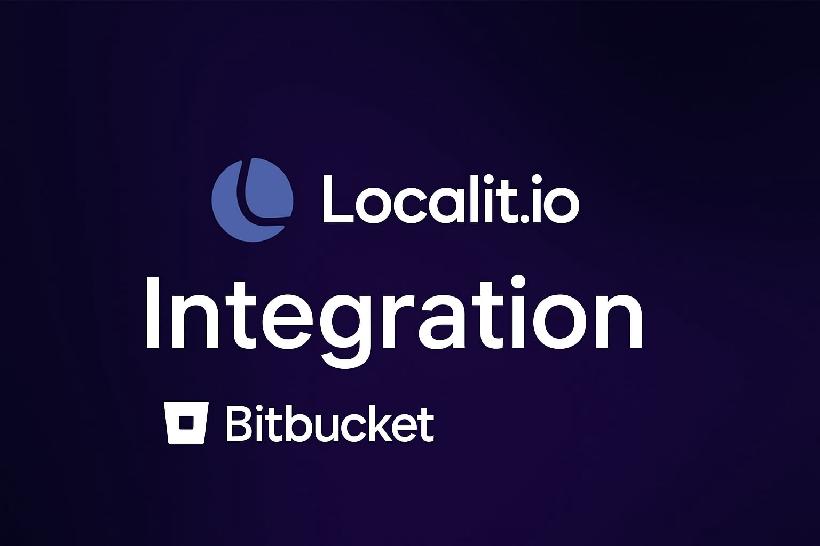Are You Ready to Localize? Find out with Localit!
Business scaling into new markets is an exciting but also a difficult move: adjusting to local regulations, conducting extensive market research, and, of course, localization are significant steps that require a lot of thought (and effort!).
But how do you know the moment is ripe to start localizing? How do you determine the right languages to localize into? What can localization bring for your business? Find out with Localit!
What Is Localization?
Localization is all about making sure that your product or service is understood, valued, and easily accessible to people from different cultures through careful adaptation and translation of your services, software, products, or offers. To localize effectively means to connect with local audiences in a way that feels natural for them, like you “speak the same language”, literally.

Why Do Companies Localize?
Localization drives success, there’s no doubt about it. But beyond the obvious reasons of more revenues and customers, there are a number of reasons why businesses all over the world turn to localization:
Control Your Brand Message: Directly translating content ensures your target audience understands your message, values, and solutions without relying on inaccurate tools.
Build Brand Loyalty: Customers are more likely to trust and repurchase when content and support are in their language, with 76% favoring brands offering localized content.
Boost Engagement and Conversions: Most customers engage with websites in their native language, driving higher interaction and sales while enabling seamless scaling across global teams.
Tap Into New Markets: Localization unlocks opportunities in emerging markets, helping brands capture local audiences and thrive globally.
With this range of advantages, it’s no surprise that the industry is growing fast and steadily. Allied Market Research discovered that the global software localization market was worth $5.9 billion in 2022. It's expected to grow to $15.6 billion by 2032, with an average yearly growth rate of 10.6% from 2023 to 2032.
5 Signs You Are Ready to Localize
All companies experience a growth trajectory that leads them to new horizons. And it’s important to keep track of this development to pinpoint exactly the time that is perfect to start localizing. Let’s explore more.
1. Your Home Market Is Now Too Small
Feeling like your home market’s gotten a bit too cozy (or even stale)? That’s your cue to start exploring bigger opportunities abroad. But breaking into international markets isn’t just about making an appearance for the upcoming board meeting—it’s about speaking the language, literally and culturally, and connecting with local audiences. Here are a few signs that point towards exploring new opportunities and territories.
| Sign | Description | Example |
|---|---|---|
| 1. Saturated Customer Base | You’ve reached most of the potential customers in your home market. | Sales growth has plateaued despite strong marketing efforts. |
| 2. Stiff Competition | Local competitors are numerous, making it hard to differentiate or maintain market share. | Price wars or aggressive marketing tactics dominate. |
| 3. Demand for Your Product Abroad | You’re receiving inquiries or orders from customers outside your home market. | Frequent requests for shipping or services in other regions. |
| 4. Profit Margin Squeeze | Operating costs and competitive pricing are eroding your profits in the local market. | Costs of materials or labor are rising faster than revenues. |
2. You Notice Website Traffic from Other Countries
This one is pretty clear: if you see a lot of traffic from a certain country and you don’t have a localized version of your website and products in the language spoken in this country, launch a localization project! This way, you can meet your customers (current and potential) where they want you to be, offering them a better experience and an attentive touch.
If you are not sure where to get this information, I recommend starting with Google Analytics. This is a great tool that will help you better understand your website and its marketing performance. Other services you might find interesting:
Google Search Console: Monitors search performance and impressions by country.
Ahrefs/SEMrush: Analyzes organic traffic, keywords, and competitors globally.
Hotjar: Visualizes user interactions with heatmaps and recordings.
Matomo: Open-source analytics with detailed visitor location tracking.
HubSpot: CRM with built-in analytics for campaigns and leads by region.
3. You Are Getting Reviews and Inquiries in Foreign Languages
Do you have customers from other countries reaching out to you but struggling to understand your content? That’s a clear sign it’s time to step up your game. Imagine you’re an online clothing store, and a customer in Germany leaves glowing reviews—in German. They’re buying your products but might feel disconnected without content in their language.
By localizing your website, you make life easier for them and boost their trust in your brand. It’s like Zara creating country-specific sites where shoppers can explore products, prices, and FAQs in their native tongue. Suddenly, your global audience feels seen and valued, and you could even cut back on support tickets with fewer misunderstandings.

4. Sales Are Stagnating
One of the best solutions to slumping sales is to open yourself up to new markets. And the best way to do so is through localization. Here are some numbers to prove this point:
Localizing marketing content boosts revenue for 84% of businesses, with most citing a strong positive impact on their bottom line (Unbabel).
Over half of consumers (58%) use voice search to find local businesses, with 22% focused on location-based queries.
Local social media pages drive 72% of meaningful brand engagement, like comments, shares, and reviews (SOCi).
Geotargeted social media posts deliver six times more engagement compared to non-localized content (Nieman Lab).
Making a move towards localizing your websites, apps, and the rest of it is a great antidote to the red on your balance sheet.
5. Competitors Invest in Localization
Pay attention to your business rivals, they might be onto something. Recently discovered that your competitor had rolled out a localized website? This is your sign to start looking into this as well.
In the cutthroat world of business, you need to always keep an eye on others. Here’s what you can analyze:
SEO Performance
Social Media Activity
Content Performance
Customer Sentiment
Product and Pricing
What Are the Most Popular Languages for Localization?
So, you’ve decided that it’s time to localize but are now unsure where to go with this project? Here are a few ideas about the most popular localization languages out there with a lot of potential for your business (if you are an English-speaking company, skip no. 1).

1. English
If you still don’t have a website in English, get one like yesterday. English is the most popular language on the Internet (52% of the websites use it) and is spoken by approximately 1.35 billion people. Main variants include American and British English, which is worth remembering when entering either territory. Adjusting vocabulary, data formatting, units of measurement, and other little things can all be considered localization. After all, it’s all about attention to detail.
2. Chinese
Chinese is a very important choice, alas a complicated one. There are over 1.3 billion Chinese speakers in the world, but most of them are located in mainland China (although countries like the US, Thailand, Canada, and Australia all have large diasporas). Key spoken variants are Mandarin (mainland China, Taiwan) and Cantonese (Hong Kong, Macau). There’s also the Simplified vs. Traditional Chinese choice to be made but this only affects the written language.. Picking the right one is key to making a solid impression.
3. Spanish
Spanish opens doors to over 485 million people worldwide and dominates both Europe and Latin America. Be careful, though. Spanish isn’t the same everywhere. European Spanish and Latin American Spanish each have their quirks, so it’s smart to adjust your approach based on where you’re aiming.
4. Arabic
Arabic connects you to over 373 million speakers and booming opportunities in the MENA region. It’s a big market, but one with lots of variety in dialects and expectations. There are five main variants: Maghrebi, Egyptian, Mesopotamian, Levantine and Peninsular Arabic. To make it work, fine-tune your strategy and be mindful of local preferences and culture.
5. German
German is a promising language that opens a door to a very profitable audience. There are around 155 million speakers of German around the world, most of them are located in Europe (Germany, Austria, and Switzerland). Be sure to be mindful of local particularities to tap into the power of German as a European powerhouse.
How to Localize More Efficiently?
Once you choose the language (or languages: the more, the merrier!), nothing is stopping you from going ahead. However, a localization project can be long and slow, deadlines might need to be extended, and budgets can easily be overstretched. Especially when it comes to businesses that have never dealt with localization before.
But don’t worry. If you are looking to cut costs and save your time, partnering with a reliable Translation Management Service (TMS) like Localit is your ticket to success. And here’s why:
Pricing Plans
Localit is all about keeping things simple and transparent. Choose from these pricing options to match your needs:
Free Plan: Ideal for small teams or solo users exploring Localit’s core features.
Standard Plan ($9/month): Designed for growing teams, offering 5 users, 5,000 keys, 10 GB of storage, and history tracking.
Business Plan ($30/month): Perfect for larger teams handling complex projects, with 10 users, 10,000 keys, 50 GB of storage, and extras like key screenshots.
Advanced Plan ($90/month): Made for enterprise-level needs, supporting 30 users, 30,000 keys, and 100 GB of storage.
Easy to Use
Localit’s user-friendly interface makes managing multiple projects a breeze. Add languages with a click, organize everything using smart filters, and track your progress effortlessly. It’s built to simplify localization and keep your team on track.
High Speed
Got a massive task with endless keys? Localit handles it in seconds. Uploading 9,000 keys takes just 5 seconds—faster than any competitor. Speed and efficiency? Check.
Built-in Chats With Your Team
Forget juggling Slack, WhatsApp, and email. Localit’s integrated chat keeps your team connected. Share files, discuss translations, and suggest improvements all in one place—no updates get lost.
Logbook and Defined Rights Within the Team
The logbook ensures every project change is recorded, while user roles like translator, developer, and manager keep workflows smooth and secure.
Translator Module
Professional translators will love this feature—it simplifies tasks and speeds up projects without compromising quality.
AI-Driven Solutions
With advanced AI tools, Localit helps you work smarter, not harder. From streamlining workflows to improving accuracy, it’s got you covered.
Head over to Localit’s website to get your free plan and test what the platform can do for your business today.
You Are Ready to Localize
The decision to dare to grow and venture into the unknown is exciting and promising. Your business deserves to be noticed by international audiences and receive its flowers. Therefore, a new localization project will help you scale your operations, improve your balance sheets, build a stronger loyal base, and conquer new challenges that come with the territory. But don’t go this path alone, partner with Localit for top results and great quality. Localize today to reap the rewards tomorrow.

 Bitbucket Integration: Complete Guide to Automated Localization Workflow
Bitbucket Integration: Complete Guide to Automated Localization Workflow ChatGPT-5 Now Available in Localit.io
ChatGPT-5 Now Available in Localit.io Everything You Need to Know about Mobile App Localization: Challenges + Best Practices of Working in a Different Language
Everything You Need to Know about Mobile App Localization: Challenges + Best Practices of Working in a Different Language